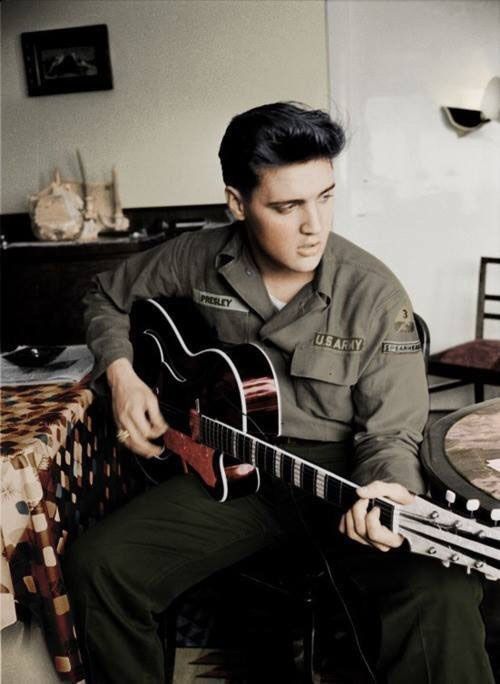Song Information
“Jailhouse Rock” is one of Elvis Presley’s most iconic rock and roll hits, written by the legendary songwriting duo Jerry Leiber and Mike Stoller. The song was recorded on April 30, 1957, at Radio Recorders Studio in Hollywood and released by RCA Victor on September 24, 1957. It served as the title track for the film Jailhouse Rock, in which Elvis starred, and quickly climbed to the top of the charts. The single reached No. 1 on the Billboard Hot 100 in the United States and stayed there for seven weeks. Internationally, it topped the UK Singles Chart for three weeks and became one of the most memorable rock anthems of the 20th century. Its energetic beat, catchy lyrics, and Elvis’s electrifying performance cemented it as a cultural milestone, later earning a spot in the Grammy Hall of Fame in 1998.
Song Content
“Jailhouse Rock” tells the humorous and lively story of a party held inside a prison. The warden decides to throw a dance for the inmates, and the jailhouse is soon filled with music, dancing, and laughter. From the opening guitar riff to Elvis’s powerful vocals, the song captures the rebellious and playful spirit of early rock and roll. Characters like Spider Murphy on the saxophone and Little Joe blowing on the slide trombone create a vivid scene of a wild, carefree celebration behind bars.
While the premise might seem unusual — prisoners dancing and singing together — it reflects the youthful energy and rule-breaking attitude that defined Elvis’s early career. In the context of 1950s America, “Jailhouse Rock” was both cheeky and groundbreaking, blending rhythm & blues influences with mainstream pop appeal. It wasn’t just a song; it was a statement that rock and roll could be fun, bold, and a little bit dangerous.

Explanation of the Curiosity
One intriguing aspect of “Jailhouse Rock” lies in its subtle undertones and unconventional subject matter. At the time of its release, songs about prison life were not common in mainstream pop music — especially ones that presented it as a place of excitement rather than despair. Some cultural historians point out that the lyrics contain playful, even subversive, references that were surprisingly bold for the 1950s.
For instance, the song mentions inmate number 47 telling number 3, “You’re the cutest jailbird I ever did see,” which some listeners interpreted as a wink toward themes rarely acknowledged in popular music of the era. Whether intentional or not, this line — combined with the song’s raucous, unrestrained tone — added a layer of cheeky humor that made it stand out.
In the film Jailhouse Rock, Elvis’s choreographed performance of the song became legendary. Wearing a black-and-white striped prison outfit, he danced with an energy and style that influenced countless performers after him. That sequence wasn’t just entertainment — it was the moment Elvis solidified his image as the ultimate rock and roll rebel, unafraid to push boundaries.
Watch the Song Video:
Lyrics: